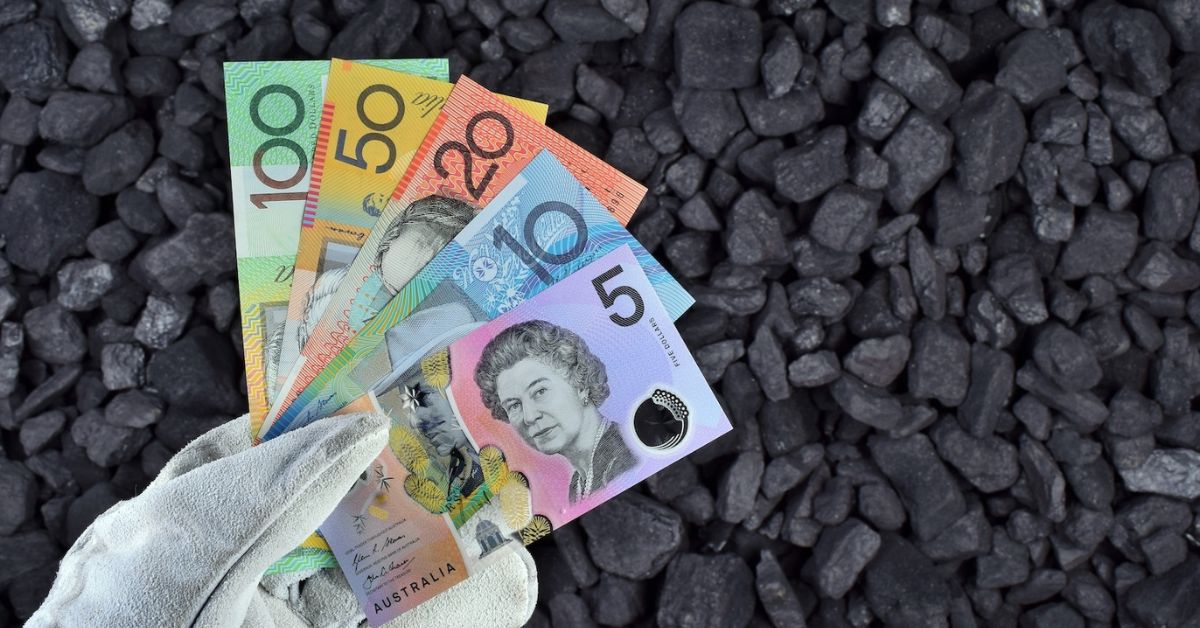August 29, 2025
It’s company reporting season and that means it’s time for our big mining companies to complain about Queensland coal royalties.
BHP boss Mike Henry is a regular offender. While announcing BHP’s US$10 billion profit earlier this month, he said BHP would not invest further in Queensland coal and flagged ‘pausing’ low-margin operations.
But remember, BHP had already started divesting Queensland coal assets before the change to royalties as part of their strategy to diversify away from coal and focus in Queensland only on the highest grade metallurgical coal. We note that BHP has also announced closure of its Mt Arthur mine in NSW in 2030 under the same strategy – nothing to do with Queensland royalties.
Peabody has had a go too – suggesting royalties had a role in their scrapping their deal with Anglo, which was really about the underground fire at Moranbah North. The deal with Anglo was struck in full knowledge of the Queensland royalties regime.
The Queensland Government introduced a revised royalties scheme in 2022, introducing additional tiers to deliver better returns to the state when coal prices are very high.
The timing ensured that Queenslanders received a fair return on the sky-high coal prices in 2022 and 2023 – due to supply chain disruptions from the pandemic and global energy shortages, mostly due to the Russia-Ukraine conflict.
The new scheme added additional tiers of 20, 30 and 40% for coal sold at prices above $175, $225 and $300 a tonne.
This saw Queenslanders benefit enormously from the incredible coal price spike in 2022-2023, which saw prices tip over A$500 a tonne at some points (the premium hard coking coal spot price peaked at A$924/t in March 2022). In 2022-23, coal royalties generated over $10 billion for the budget and accounted for more than 20% of state revenue – compared to a more typical share of 7 or 8%. That’s a lot of schools, hospitals, roads, teachers and nurses.
This is the exactly the kind of return that communities should get from coal price booms, which are genuine unexpected windfalls.
We understand that mining companies would love to keep these windfall profits for themselves and hurts their cold hearts to see it returned to the state that owns the resources.
But the reality is that mining investment decisions are made on realistic long-term coal prices which are covered by royalty rates that are unchanged – 7% up to A$100 a tonne, 12.5% from A$100-$150 and 15% from A$150-$175 a tonne.
The tiered nature reduces the burden when times are tough and shares the benefit when prices are high.
Mining companies might complain about Queensland’s royalty regime being high compared to other countries – I think that’s something we should be proud of, along with our good wages and work conditions.
Australia produces some of the best quality coal in the world, including the highly-sought metallurgical coal from Central Queensland. Let’s make sure we all benefit from it – and that includes making sure the coal royalty budget boom is invested back into better roads and services in coal communities.

Stephen Smyth
General Vice President

